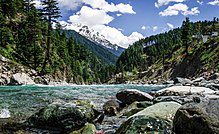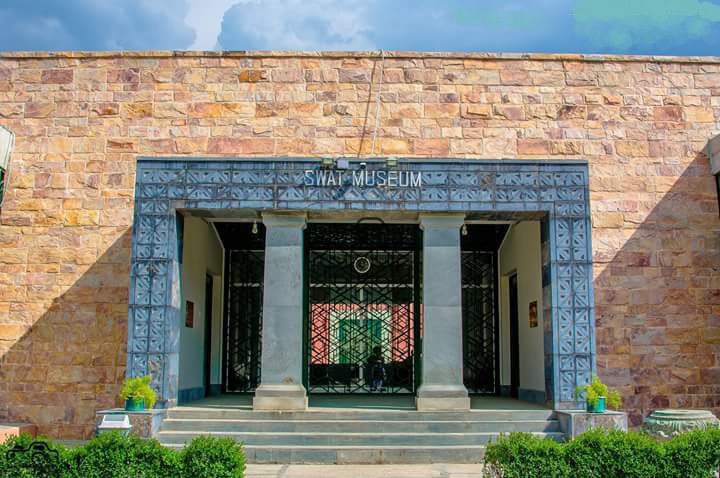
Swat museum is located on Saidu Sharif road at a distance of 1.9 km from Mingora city in Swat Pakistan. Originally, the Swat museum was constructed by the Wali of Swat State in 1958 in collaboration with the Italian mission but later it was refurbished in 2011 and 2014. The museum showcases the over 3000 antique objects of Gandhara sculptures and the excavated Buddha’s life story in Swat. The ethnography section of Swat Museum displays the finest examples of local embroidery, carved wood, and Swat antiquated jewelry.
ABOUT SWAT VALLEY
Swat or Uddiyana as it is called in the Sanskrit sources, is a valley in the mountainous region to the north of the Peshawar Plain, at the foot of the mountain range connecting the Hindukush with Karakorum: it includes the main valley of the upper course of the River Swat, for a length of about 200 km from the source as far as the gullies through which the river flows down to the plain, and the lateral valleys of its tributaries. The valley, conquered by Alexander the Great in 327 B.C., and over the following centuries by the Indo-Greek, Saka, Parthian, Kushan, Sasanian and Hephthalite kings, was a prosperous region. It constituted a trading centre between the plains of Gandhara and the mountains of the northern areas looking towards Central Asia, and at the same time a great centre of Buddhist culture with an ample scattering of Buddhist monasteries, representing an important stopover on the way to the holy places of Buddhism, traversed by numerous Chinese pilgrims. By virtue of its position open to the Iranian world, Swat was always characterised by the powerful influence that the local – Dardic – substratum exercised over Buddhism, to the extent that it became a centre for the formulation and dissemination of esoteric doctrines merging into the “Diamond Vehicle” Vajrayana tradition. As commercial traffic increased between the Tarim basin, in modern-day Chinese Xinjiang, and the Indian ports through Karakorum, Swat found itself at the point where these routes issued into the plain of Gandhara, thus becoming a place of transit not only for goods but also ideas – a role it maintained even after the economic decline that marked the late 6th and early 7th century CE. It was in fact from here that Padmasambhava, the moving force of Tibetan Buddhism, set out in the 8th century, and it was indeed the accounts of this “holy land” of Buddhism contained in the Tibetan text that brought Giuseppe Tucci here in 1955.
Italian Archaeological Mission to Pakistan
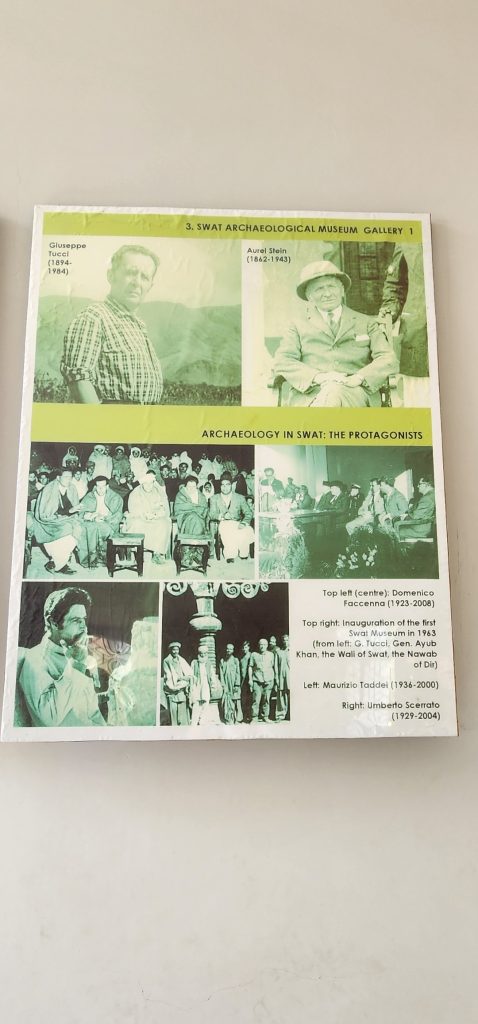
Italian archaeological activities in Swat (Khyber-Pakhtunkhwa province) began in 1955, when Giuseppe Tucci, a famous Tibetologist and Orientalist, visited the region for the first time. Thus began work that was to continue uninterruptedly for 60 years, with the Italian archaeological mission of ISMEO, the institute chaired by Tucci (later IsIAO, now ISMEO), taking a leading role in the archaeology of the Indo-Pakistani subcontinent. It was important to resolve the legal technicalities regarding archaeological excavations. The law in Pakistan at that time dated from the colonial era, the Ancient Monument Protection Act of 1904. But Swat was then an autonomous state, which depended on Pakistan only for its foreign policy, currency and postal service. In 1956 Tucci obtained an excavation licence from the Department of Archaeology and Museums, which had inherited the functions of the Archaeological Survey. From an Italian perspective every excavation needs a legal basis, which determines the ownership of the objects found, and that this ownership determines – except for explicit exceptions – the place where these finds are deposited, i.e. the state museum. In 1958, as witnessed by archive documents, Tucci gained the Swat ruler’s acceptance that the Pakistani archaeology law should be extended to Swat. In 1958 the first Swat Museum – the first Pakistani public building in Swat – was opened in Saidu Sharif. The excavations, which had begun in 1956, almost immediately acquired a legal basis consistent with an Italian viewpoint. In practice, the mission was defined as no less than the “entity for the promotion of tourism and cultural heritage” within the State of Swat: Tucci asked the Rome CAI (Club Alpino Italiano) for help organizing hiking and mountaineering expeditions, training courses in woodworking (which is traditional in Swat) were assisted by South Tyrolean craftsmen, and the first experimental grafting of domesticated olive trees onto wild Swat wild olive trees was conducted. In the field of archaeology the mission rapidly obtained important results with the great excavations of Domenico Faccenna in the Buddhist sanctuaries of Butkara I, Panr I and Saidu Sharif I. Other significant excavations were soon added: those of proto-historic burial grounds, historical era settlements and Islamic monuments, with the participation of Giorgio Gullini, Giorgio Stacul, Massimo Taddei and Umberto Scerrato (among others). Activities continued uninterruptedly – through times of great changes, in first place the annexation of Swat to Pakistan in 1969 – until 2007.
EARLY ISLAM: THE GHAZNAVIDS 11TH CENTURY CE.

Known for its scenic beauty and ruins of Ganhdara civilisation, Swat valley has also tracks of the early Islamic period. Among them the Mahmood Ghazanvi Mosque in Odigram is an important site, which is said to be one of the earliest mosques in Pakistan.
In 1984 an inscription in Arabic engraved on a block of marble was found by chance on the northern slopes of the hill that rises above the village of Udegram (identified by Stein and Tucci as the ancient Ora, dating back to the times of Alexander the Great). The find was made at a point on the great terrace halfway up the hill, below the “Castle”, whose later levels represented a fortified residential area of the Ghaznavid period.
The inscription attests to the foundation of a Mosque in 1048-1049 CE, ordered by emir Nushtegin, a Ghaznavid general unknown to us from the sources. It was in fact in the wake of the armies of Mahmud of Ghazna (today Ghazni), in the 11th century, that Islam arrived in Swat, preceding the penetration of the Pashtun peoples now constituting the majority of the population.
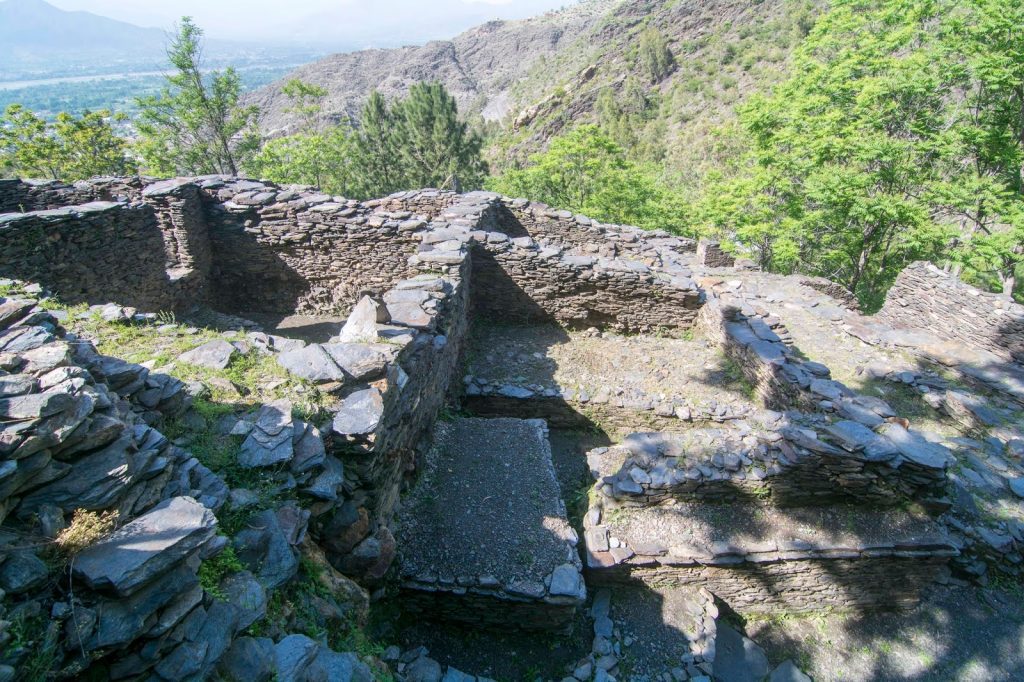
The excavation carried out in the area between 1985 and 1999 brought to light a hypostyle Mosque with supports originally in wood and adjacent to it, a settlement lying to the West of the qibli wall. The Mosque occupies an early artificial terrace with remains of Gandharan masonry. Not far from the entrance to the Mosque, to the East, have been brought to light the remains of a small Buddhist sanctuary, certainly already in ruins at the advent of Islam, while another must have stood to the West of the terrace.
The Mosque of Udegram dates back to the period o Mahmud or his grandson Mawdud (1041-1050 A.D), and is therefore to be considered the earliest of Northern Pakistan. A singular occurrence was the discovery, in a late phase, of skeletons in accidental position in the ziyyada of the Mosque.
By the end of the 12th century the residential area to the West of the Mosque was already in a state of abandonment and was being used as a cemetery area. Like almost all such areas in Swat, the area had grown around the tomb of a saint, upon which a small and simple mausoleum was erected. The first Islamic period occupation in the Swat valley is also attested in the excavations of Barikot, both in the plains and on the hilltop.
Embroidery
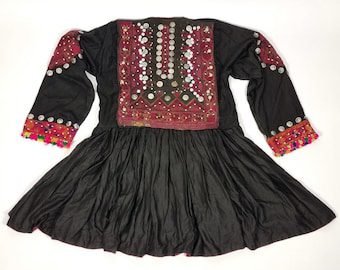
The woman dresses, come from Swat Kohistan and are the vehicle for the finest embroidery. They are in Indus Kohistan style. They have wide sleeves and a full skirt into which are inserted a varying number of triangular panels. They are made in robust often twill-woven, black cotton cloth, and they are decorated both on the front and on the back, and on the sleeves. They are further decorated with coins, buttons of brass or plastic; glass or plastic beads; amulet-shape motifs in metal and various dangling metal ornaments.
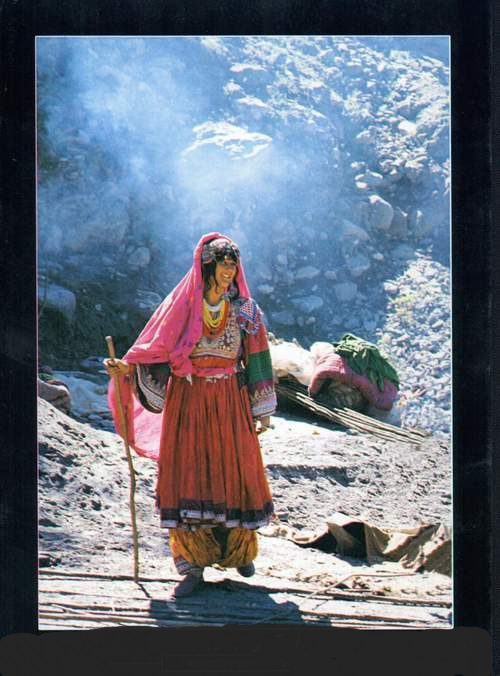
In contrast to Indus Kohistan with its fondness for tiny cross stitch designs, the Swat valley and its lower-lying neighbour Hazara are traditionally associated with the embroidery of the phulkari type that is evident in the shawl.
The embroidered textiles of Khyber Pakhtunkhwa hint a complex story of trade and migration, both within the province itself and outside its boundaries, and of intermingling with the nomad peoples of Afghanistan and Central Asia and the settled areas of the Punjab. Local styles still are present in soma areas of KP mostly through women embroidering garments for their families, but in most places ready-made clothing have retained traditional embroidery styles.
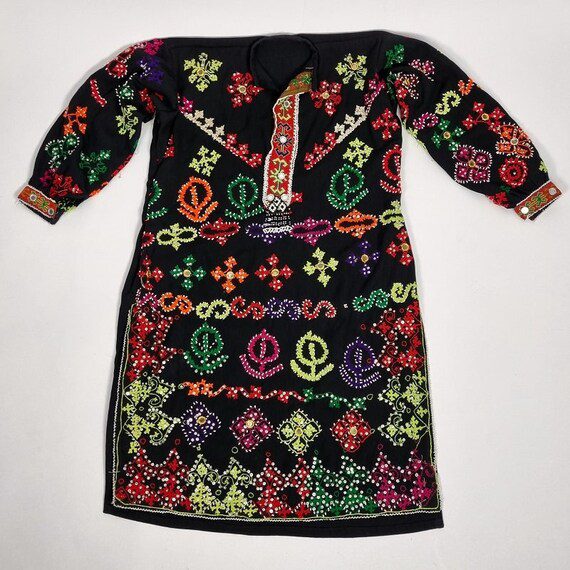
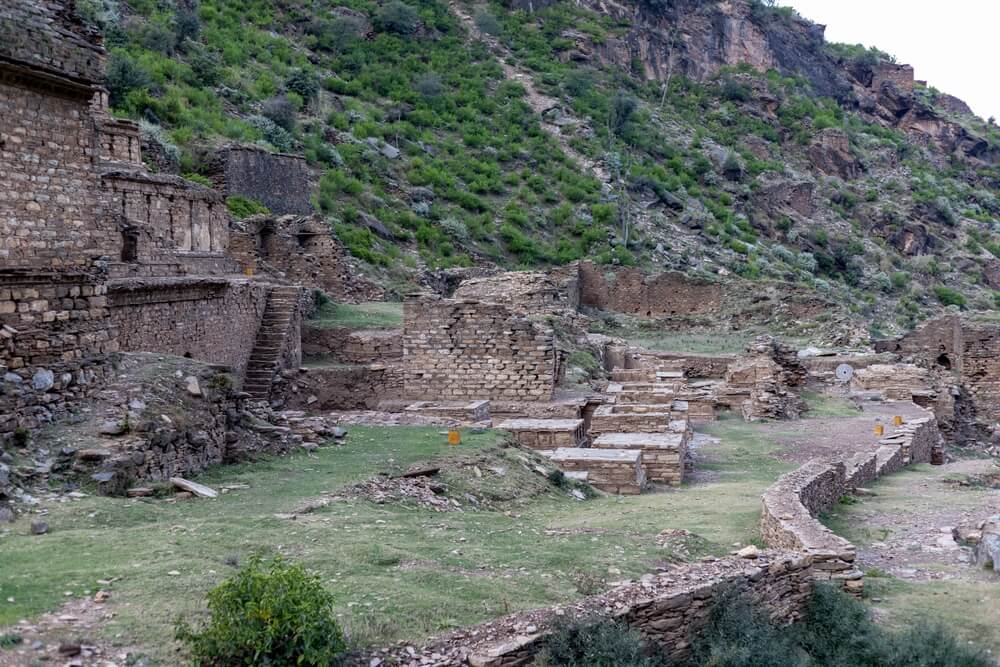
THE URBAN SITE OF BARIKOT, SWAT
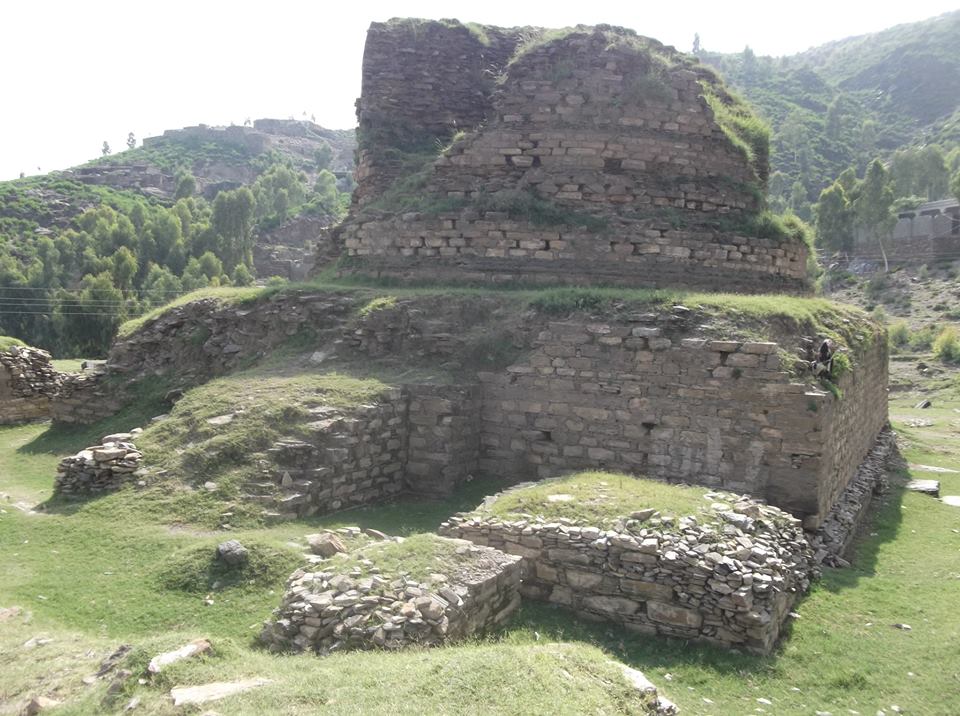
GUMBATUNA STUPA, SWAT
Abba Sahib Cheena

Abba Sahib Cheena is located approximately 6 kilometers from Barikot on Barikot-Buner road. One must take a right turn a little off the Najigram village road, leading to the shrine of Mashoom Shaheed to reach the Site. Here a water stream descending from Mount Sur-Ghar leads right into the Mandara nullah. As it continues, the valley narrows within the steep mountains slope, partly covered by pine trees. This led to the central zone of the great monumental Buddhist complex of Abba Sahib Cheena dating back to 1st century A.D. This Site contains four main stupa, numerous votive stupas, chapels and monastic complex.
WOODEN HANDICRAFTS SWAT
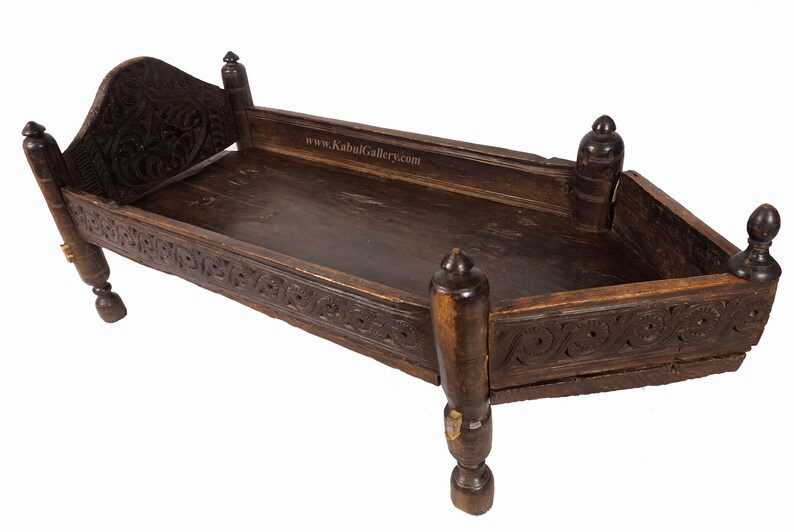
Prayer Bench Islamic table prayer board jaye namaz Swat Valley
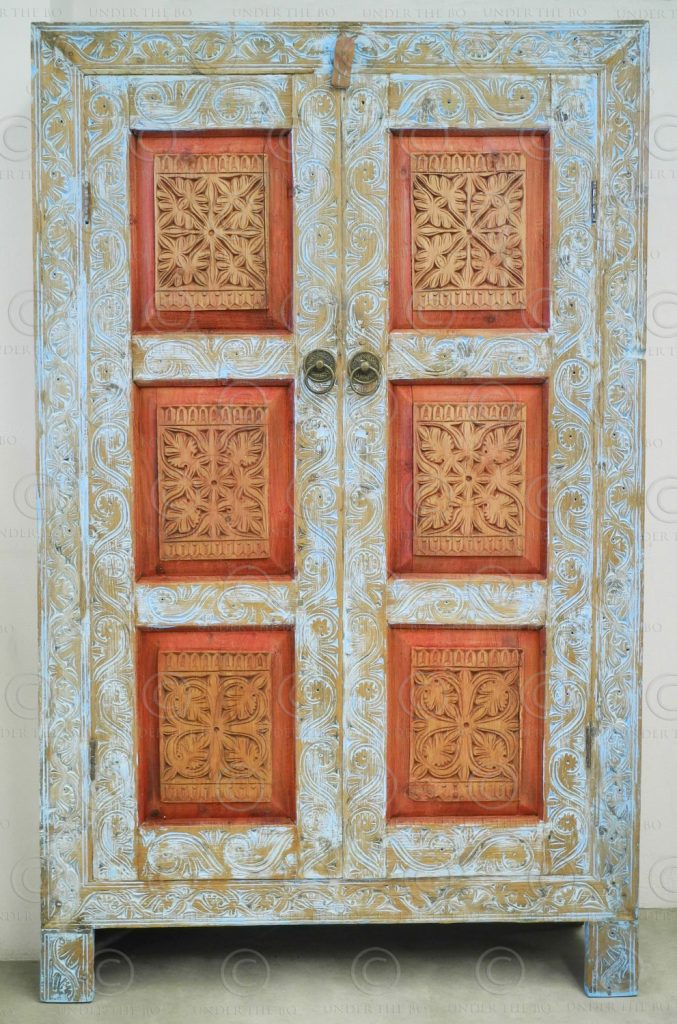
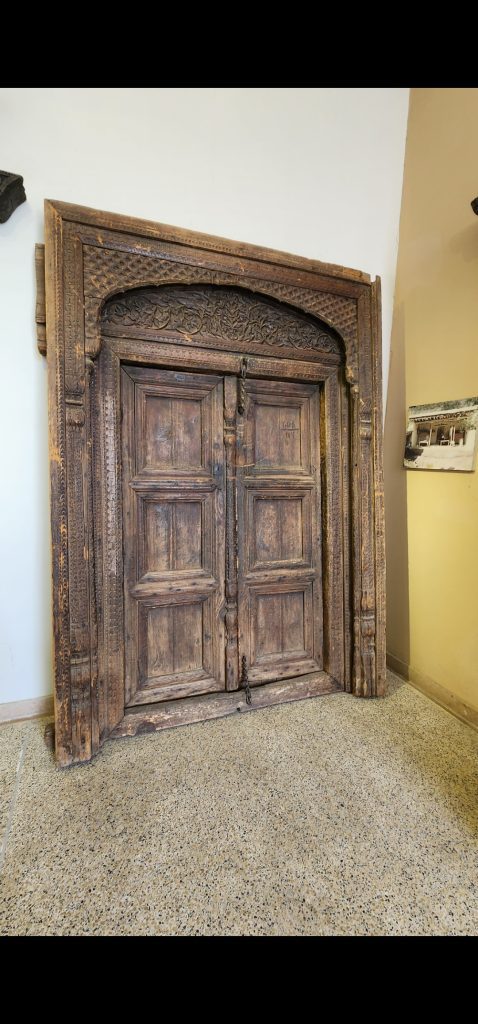
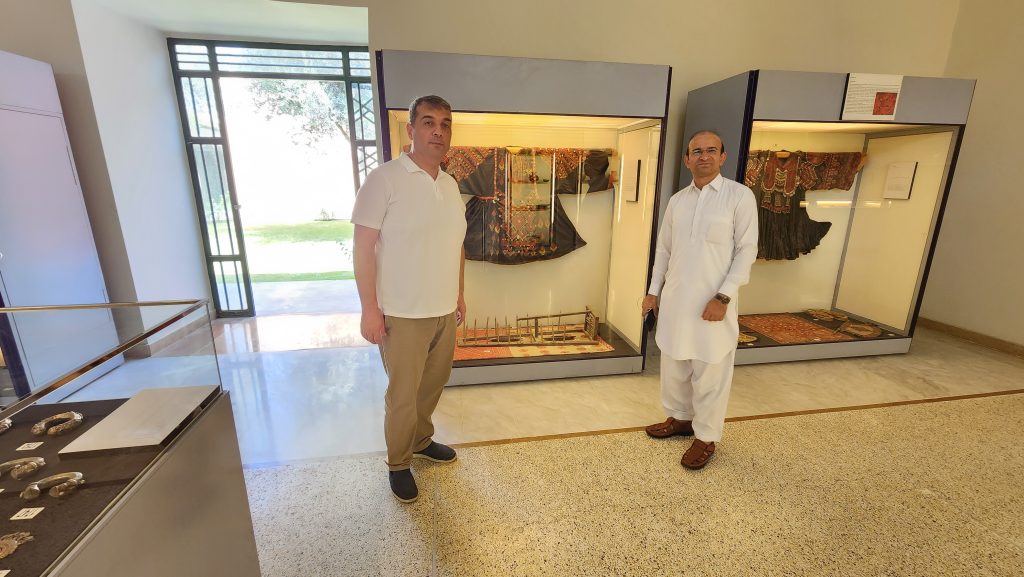
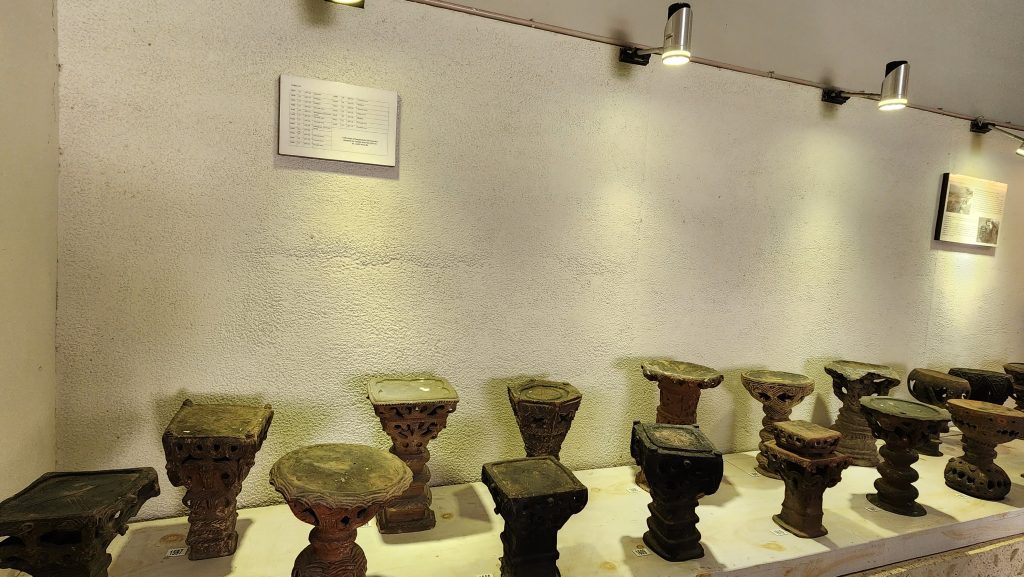
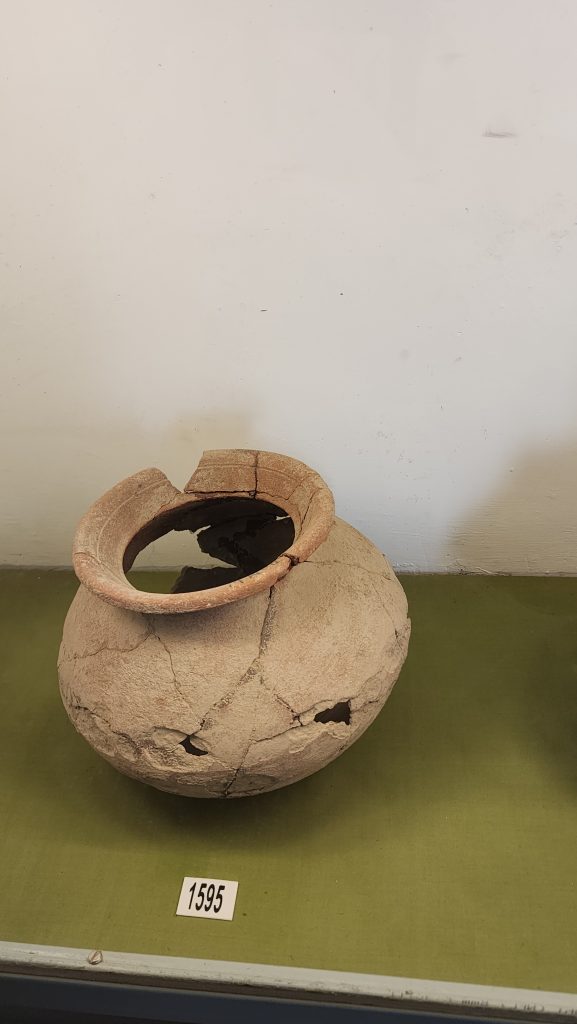
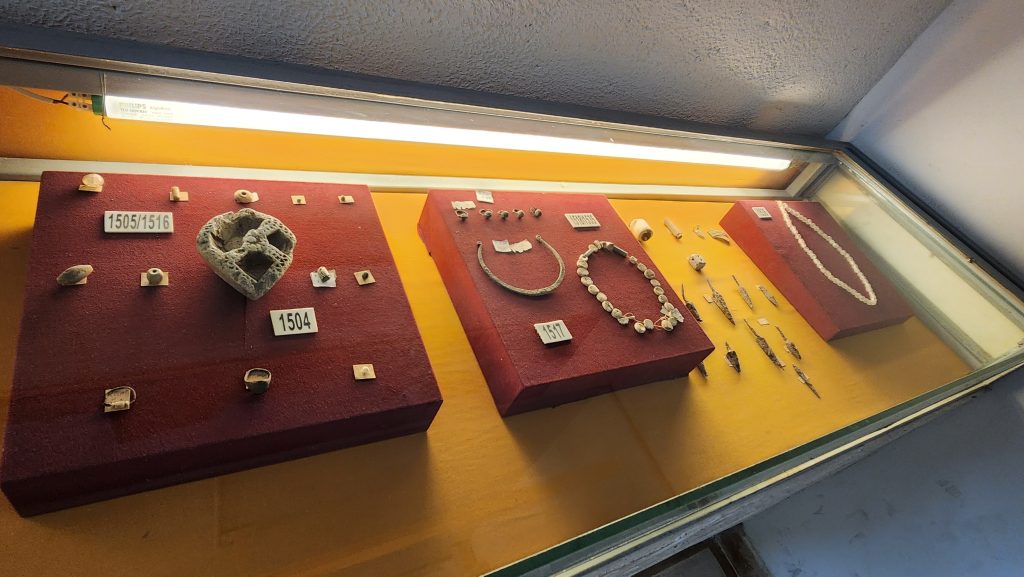
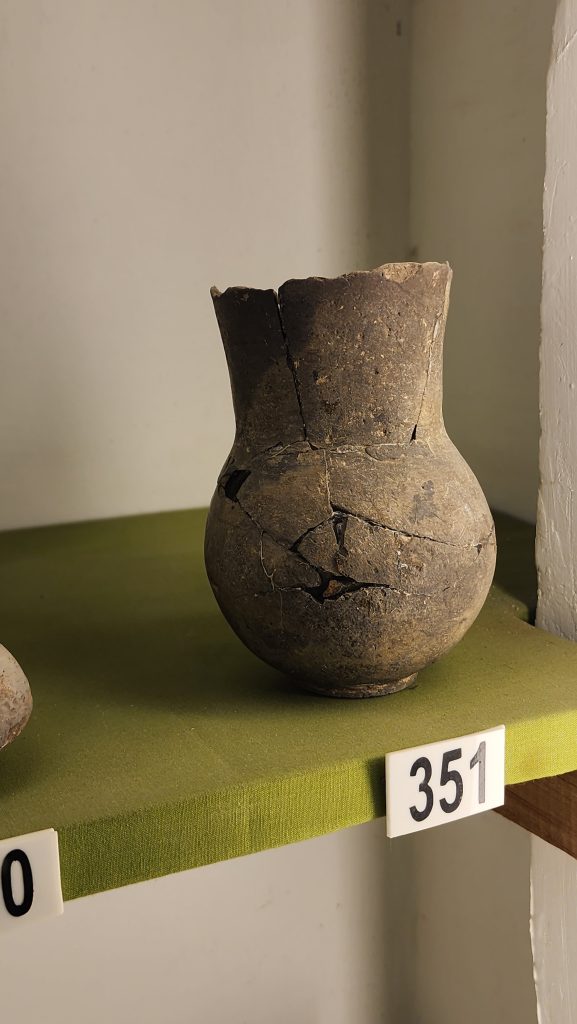
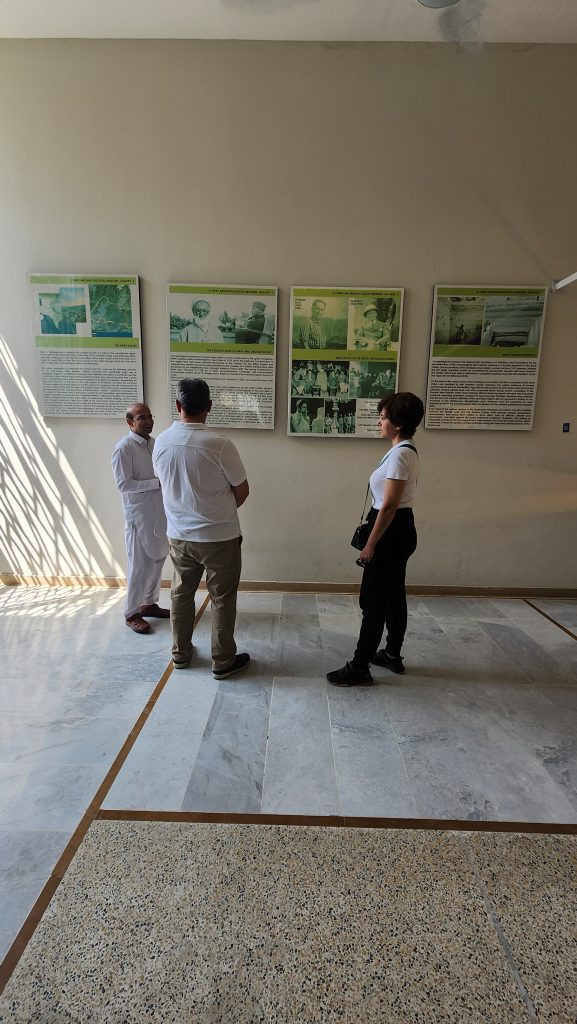
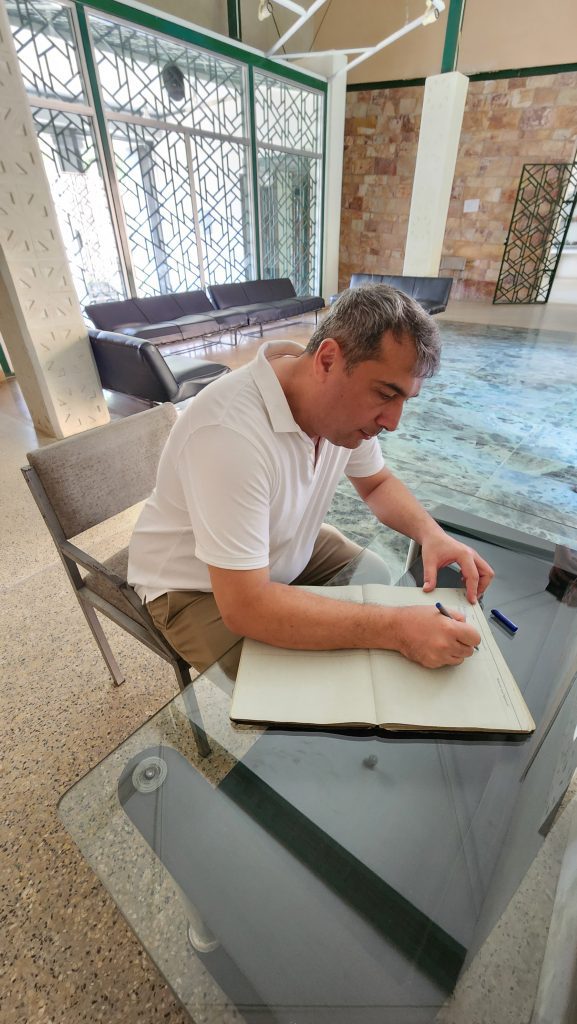
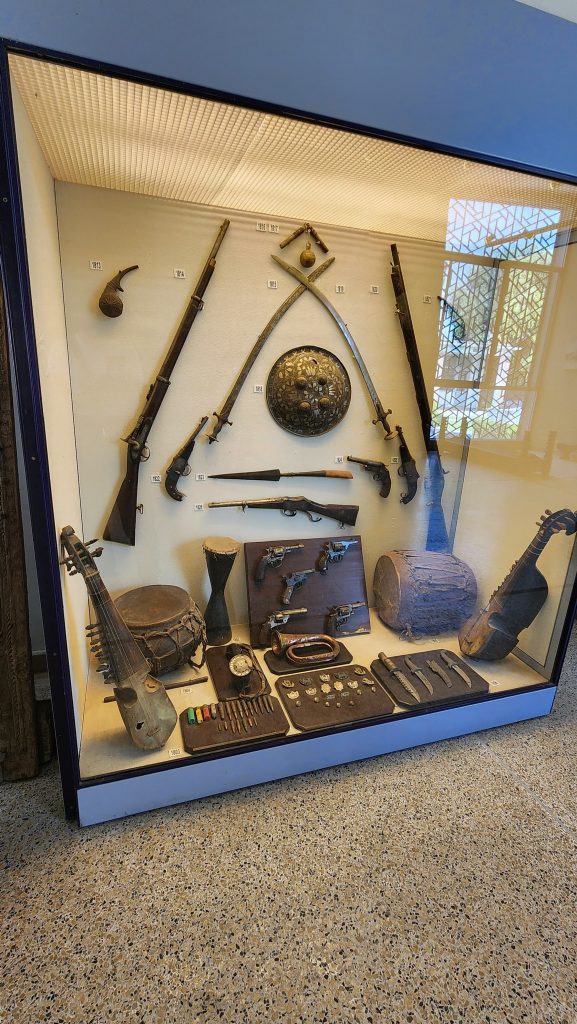
Swat museum is famous for the old heritage of the Gandhara civilization. It showcases the main antiques and Buddhist artifacts the proof of the ancient civilization. Curator Nawaz explained all in details. Swat valley is a visit worthy as a heaven of Pakistan.


